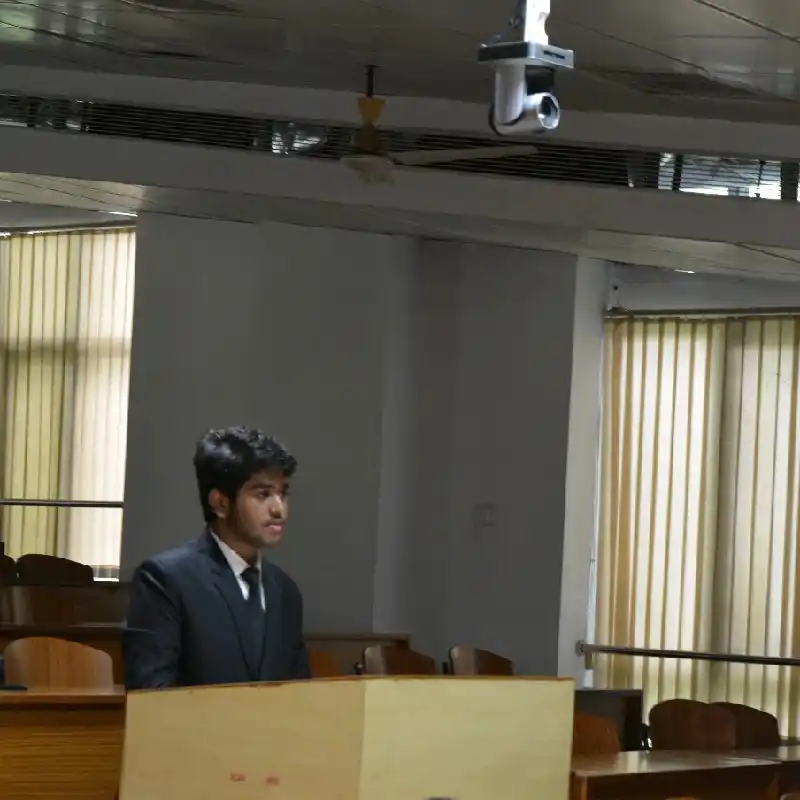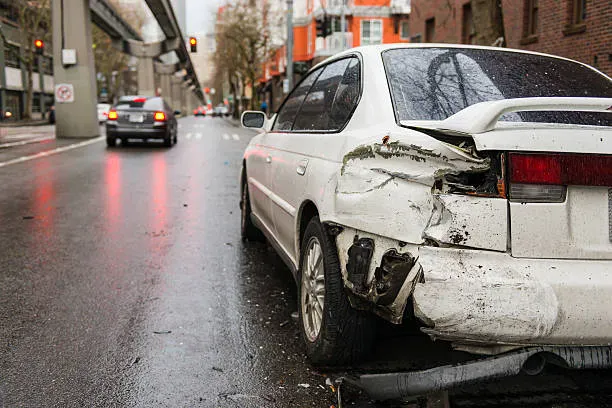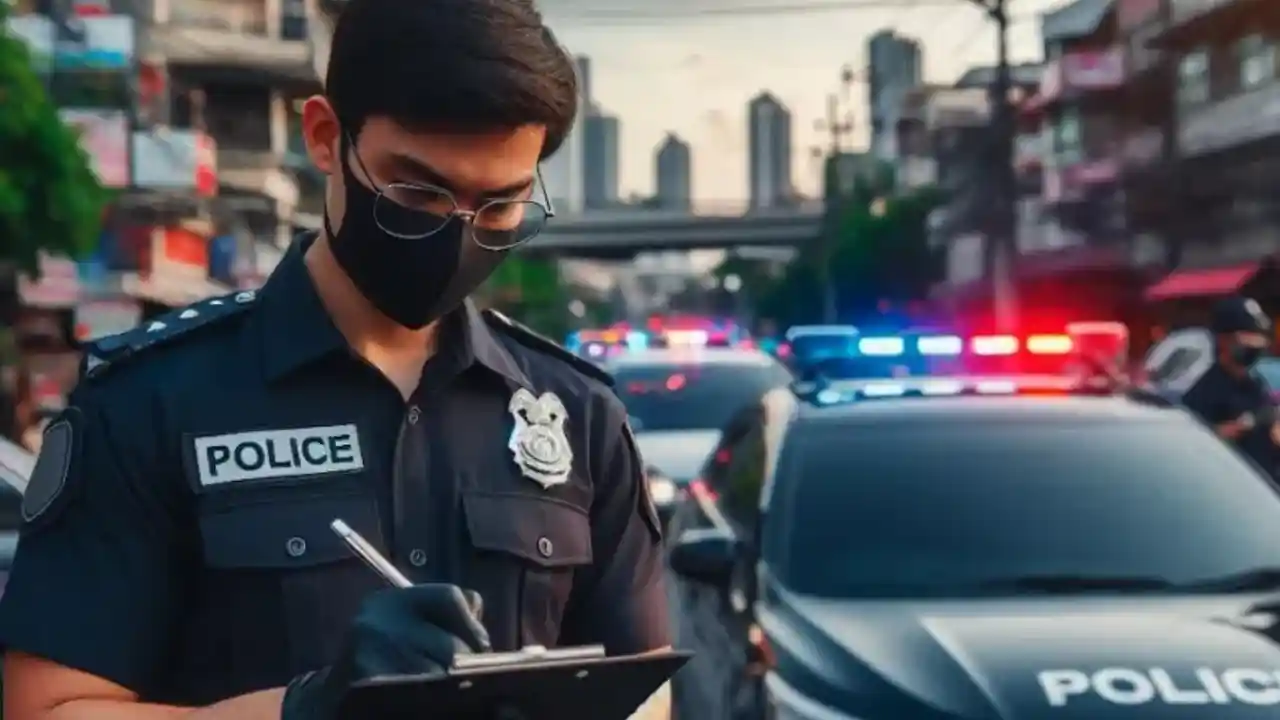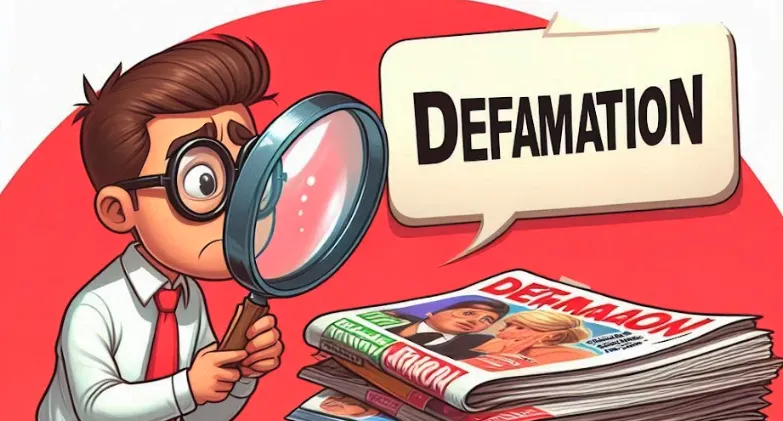Understanding Martial Law
Martial law, a term which shows an extreme measure taken by states in times of extreme crisis.
It is the temporary suspension of civilian authority and the application of military rule over a definite territory. This article delves into the details of martial law, examining its definition, historical precedents, legal framework, implications for citizens' rights, and comparative perspectives.
advertisement
Definition and Concept
Martial law is a state of military rule imposed by a government, in response to a crisis such as war, natural disaster, or civil unrest.
During such periods, the military takes control over civil administration, and the regular legal system is often superseded by military law. This change is shown by the suspension of civil liberties and the enforcement of military orders.
Historical Instances of Martial Law in India
In India, martial law has been used a few times in history:
- 1857 Rebellion: During the First War of Independence, also known as the Sepoy Mutiny, the British declared martial law in several regions to suppress the uprising in those regions.
- Jallianwala Bagh Massacre (1919): Martial law was imposed in Punjab by the British to control the situation and prevent rebellion and to which this unfortunate massacre happened.
- Goa Liberation (1961): When India took military action to free Goa from Portuguese rule, the area was effectively under military control, similar to martial law.
advertisement
Legal Framework and Constitutional Provisions
India's Constitution does not clearly provide for martial law. However, Article 352 empowers the President to declare a National Emergency in circumstances of war, external aggression, or armed rebellion. This is not equal to martial law, but a national emergency gives the central government extensive powers, including the ability to suspend fundamental rights.
However, Article 34 of the Indian Constitution allows Parliament to protect military officials from legal consequences for their actions during martial law. It also restricts courts from challenging these actions.
Powers and Functions under Martial Law
The scope of powers exercised by the military under martial law can change depending on the specific situations and the orders issued by the military commander. Generally, these powers include:
advertisement
- Suspension of civil laws and courts: The military takes the role of the judiciary, with military tribunals often handling legal matters.
- Imposition of curfews and restrictions on movement: The military has the authority to regulate civilian movement and assembly.
- Arrest and detention without trial: Military authorities may detain individuals without following standard legal procedures.
- Censorship of media: Control over the spread of information is often used by the military.
- Control over essential services: The military may take over vital services like transportation, communication, and power supply.
Rights of Citizens during Martial Law
Martial law often leads to the suspension of certain basic rights:
- Detention Without Trial: People can be detained without the right to challenge their detention in court.
- Restrictions on Freedoms: Freedom of speech, movement, and assembly can be limited to maintain order.
- Limited Legal Options: Citizens may have little or no access to civilian courts to challenge military actions.
advertisement
Differences between Martial Law and Emergency
While both martial law and a state of emergency represent extraordinary measures, they differ in several key aspects:
- Authority: Martial law is exercised by the military, while a state of emergency is declared by the civilian government.
- Scope: Martial law is typically confined to specific regions, whereas a state of emergency can be imposed nationwide.
- **Legal Basis: **A state of emergency has a constitutional foundation, while martial law lacks explicit constitutional authorisation.
Global Perspectives and Comparisons
Martial law has been used by various countries throughout history, with different consequences. Countries with a history of military coups or insurgencies have often resorted to martial law as a means of maintaining order.
- United States: Martial law has been declared in certain states during wars and disasters, such as during the Civil War.
- Philippines: In 1972, President Ferdinand Marcos declared martial law, leading to years of political repression and human rights abuses.
- Thailand: Martial law has been declared several times due to political instability, granting the military extensive powers.
- Pakistan: The country has experienced multiple instances of martial law, often resulting in military rule and affecting democratic processes.
advertisement
Conclusion
Martial law is a complex and controversial issue with serious implications. While it may be necessary in extreme situations, it should be used cautiously and only as a last resort for a limited time. It's important to protect civil liberties and uphold the rule of law, even during a crisis.
Frequently Asked Questions (FAQs)
1. How long can martial law last?
Martial law is intended to be temporary and should last only as long as necessary to restore order and stability. The duration varies depending on the situation and legal provisions of the country.
2. Can martial law be challenged in court?
While courts may have limited power to challenge martial law during its imposition, judicial review can occur after the fact to address any abuses of power or violations of rights.
References
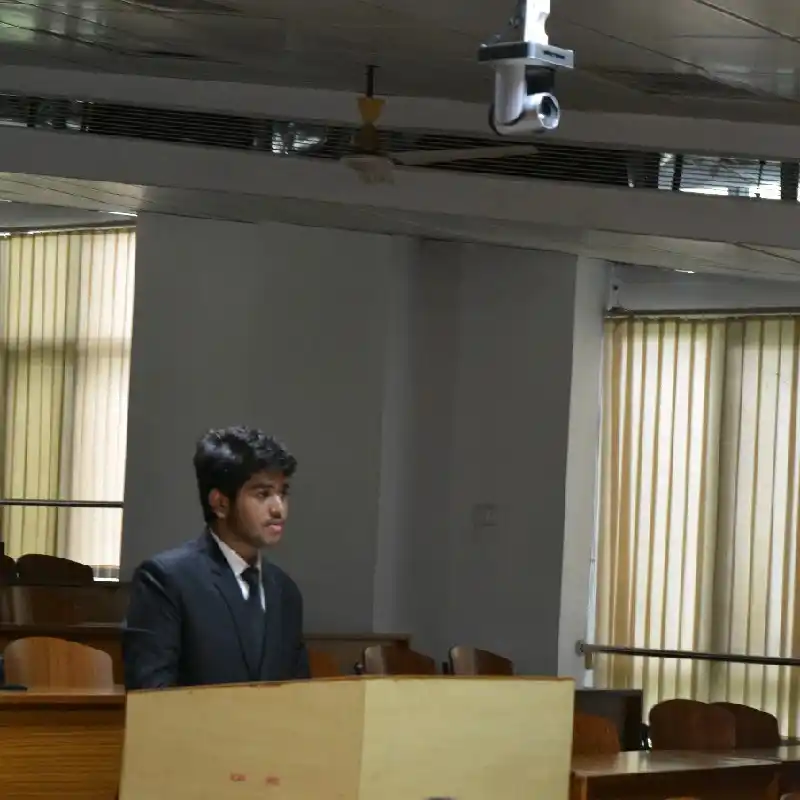
Written by Chandra Kant Singh
Aspiring lawyer with a passion for justice and a strong foundation in organization, communication, and problem-solving skills. Currently pursuing a B.A.LL.B. (Hons.) degree at RMLNLU, where I am actively involved in moot court and NegMed competitions. Eager to leverage my skills and academic background to contribute to a dynamic legal environment and make a positive impact on society.
advertisement
Further Reading
advertisement
